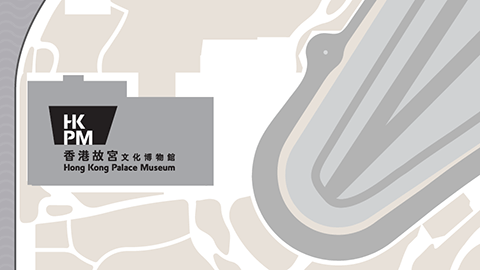Cultural relics classification
Beginning in the late Neolithic period, ivory became a common raw material for decorative objects and was one of the main items for later external exchanges. The earliest ivory artefacts in the Chengdu Plain are found at the Gaoshan ancient city site of the Baodun culture.
At Sanxingdui and Jinsha, a large quantity of elephant tusks have been unearthed, some showing signs of processing (such as ivory carvings in pit 5 at Sanxingdui, as well as raw materials, beads, and fragments found in the ritual area of the Jinsha site).
Inorganic Artefact Example—Metal Artefacts
Metal artefacts are objects made from metal that have historical, artistic, or scientific value. At Sanxingdui and Jinsha, metal artefacts primarily fall into two categories: bronze items and gold items.








